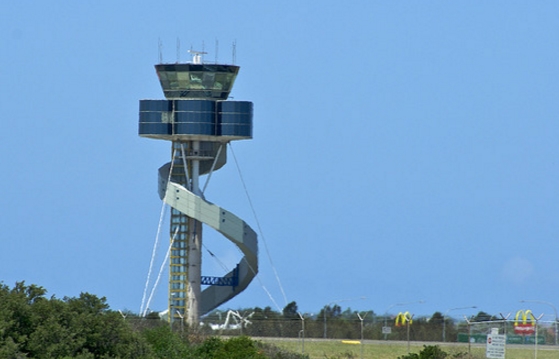-
Article (Logged in Global Help)
-
Article Cache (Logged in Global Help)
-
Assets (SaaSplications Online Help)
-
Barcodes (SaaSplications Online Help)
-
Being a Third Party Logistics Warehouse (3PL) for others (SaaSplications Online Help)
-
EDI Sales Orders (SaaSplications Online Help)
-
Maintain Stock Control Settings (SaaSplications Online Help)
-
Min Max Targets (SaaSplications Online Help)
-
Moving Stock Around (SaaSplications Online Help)
-
Public Holidays (SaaSplications Online Help)
-
Purchase Order from PO to Goods Receipt (SaaSplications Online Help)
-
Purchase Reports Dashboard (SaaSplications Online Help)
-
Record Stock Adjustment (SaaSplications Online Help)
-
Replenishment of Stock to the Pickface (SaaSplications Online Help)
-
Sales Orders in perishable goods (SaaSplications Online Help)
-
Shipments in and out Dashboard (SaaSplications Online Help)
-
Stock Reports (SaaSplications Online Help)
-
Stock Take (SaaSplications Online Help)
-
Supplier based Reports (SaaSplications Online Help)
-
Useful things to know (SaaSplications Online Help)
-
Using a 3PL Warehouse to Despatch your Orders (SaaSplications Online Help)
-
Warehouse day to day (SaaSplications Online Help)
-
Warehouse to Warehouse Stock Move Orders (SaaSplications Online Help)
-
Warehouses and Stock Locations (SaaSplications Online Help)
-
Waybills - Grouping deliveries together and doing consolidated picking across orders (SaaSplications Online Help)
-
Waybills - Rolling back orders that were not delivered (SaaSplications Online Help)
SaaSplications ERP Distribution Warehouse capability includes
- Row Rack Bin to n levels
- Pick face Management with replenishment
- Recommended putaway based on last stored location
- Expiry dated, batch number tracking, recall reports, cold chain tracking
- expiry dated stock selection (shortest expiry first), Organic Certification tracking
- Serialised inventory (on receipt or on shipping)
- Product Category hierarchy
- Freezer, Cold and controlled warehouse management
- Do not stock (purchase only on sale)
- Repair, sample and quarantine locations
- Barcode for all steps including receipt, moves and picking
- Packs, Assemblies, Kits, JIT, Food Recipes, Clothing (colour size style etc), Tableware
- Product size, weight, packing factor, Primary measure, component sizes (for packs)
- MSDS link to central MSDS store, Attach multiple documents
- Product short term unavailable dates (not before) and not after future end dates
- Product Status - Proposed (Seasonal items), Active, Run out until sold (ignored by forecasting), Hold, inactive
- Private SKU - only available to selected customer or group of customers, deposit tracking
- Truck, container, pallet configuration both supplier and store, volumes, weights
- Shopping cart status, state availability, multiple images, multiple web descriptions,
- Manufacturing intermediates not purchased or sold, production batch sizes, food scalable
- Supplier part, brand, range, name, factory, lead times, quarantine times, multiple suppliers per item with priority
- Moves between warehouses either immediate or involving multiple days planning
- Franchise group stock visibility and management including sell rates by location, min / max settings
- Relationships to other items (Replaces) to use previous item sales history for forecasting
- Quantity price breaks on purchase and sale
- Stocktakes based on area or stock type
- Audit history of changes and movements
- Stock return process with supplier claims
- Rolling Average Cost, Simple and Complex (using estimates initially) landed costs
- Franchisee default pricing based on Franchisor buy price (standard markup) that can over-ride
- Franchisee not able to see supplier or supplier prices
